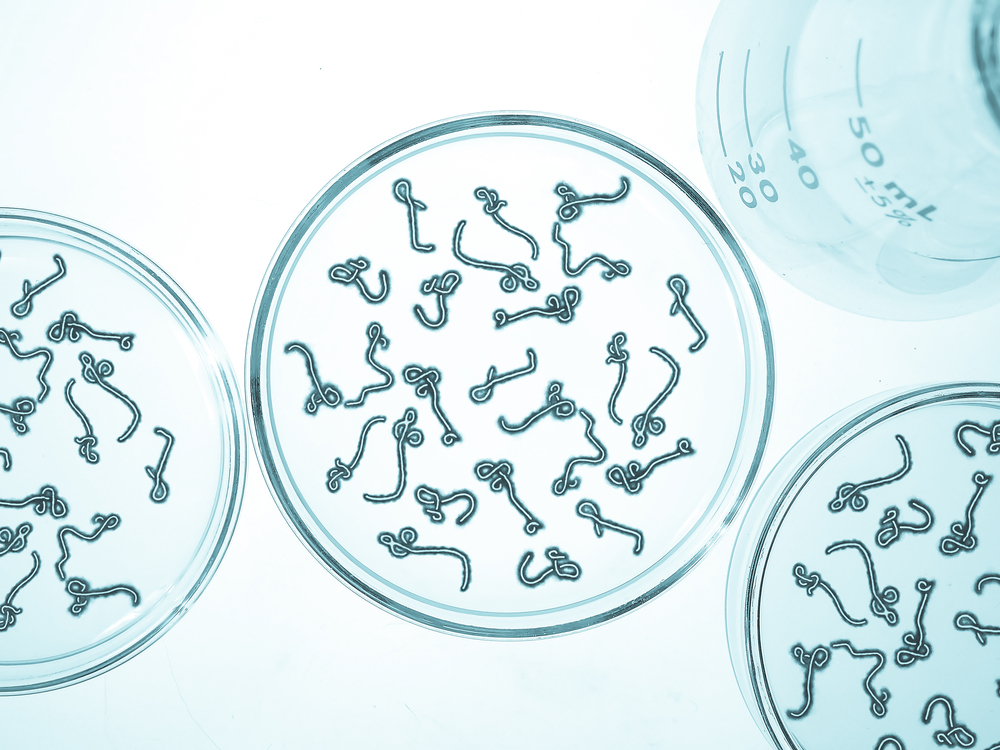
The Defense Advanced Research Projects Agency (DARPA) launched a new program last week that aims to predict and prevent cross-species transmission of viral diseases to bolster military readiness.
The program, called Preventing Emerging Pathogenic Threats (PREEMPT), will explore how pathogens live, multiply and evolve in animal hosts into strains that can infect humans. The ultimate goal will be to develop interventions that reduce the risk of emerging and reemerging pathogens.
“Despite global biosurveillance efforts, viral outbreaks continue to outpace medical preparedness. That means that in volunteering to be the first ones into harm’s way, our service members can quite literally be among the first people exposed to emerging infectious diseases,” Jim Gimlett, program manager of PREEMPT, said. “DARPA wants to reorient preparedness efforts to make them more proactive so that instead of only modeling the trajectory of an epidemic as it spreads from human to human, we contain and suppress diseases in the animal species in which they originate before they can make a jump into people.”
The program will develop multiscale models and test beds that are capable of quantifying emerging and reemerging human pathogens. It will also probe the evolutionary process for “natural bottlenecks” that can be used to prevent mutations and to allow pathogens from jumping from animals and insects to humans.
PREEMPT researchers will study animals and insects in high-risk areas around the world, conduct lab testing to generate data and sequence the evolution of viruses, evaluate earlier mutations, and use simulated natural environments to validate models over the three-and-a-half-year program.
“If we are able to predict how viruses might mutate and spread, and take steps to prevent those mutations from impacting humans, then we’ll vastly diminish the possibility of future viral pandemics,” Gimlett said.
DARPA will make more information about the program available on Jan. 30 during a planned event in Arlington, Virginia.




